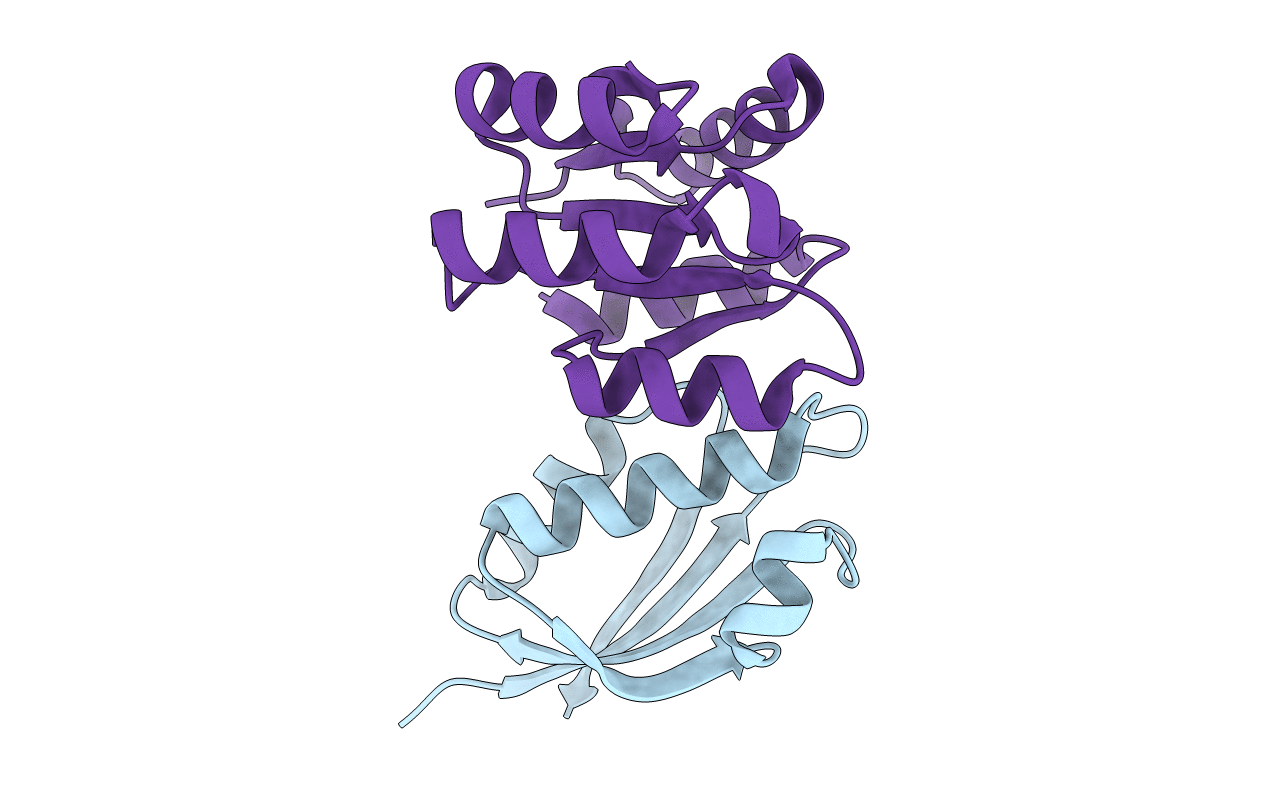
Deposition Date
2004-07-14
Release Date
2004-08-10
Last Version Date
2023-10-25
Entry Detail
PDB ID:
1U0S
Keywords:
Title:
Chemotaxis kinase CheA P2 domain in complex with response regulator CheY from the thermophile thermotoga maritima
Biological Source:
Source Organism:
Thermotoga maritima (Taxon ID: 2336)
Host Organism:
Method Details:
Experimental Method:
Resolution:
1.90 Å
R-Value Free:
0.25
R-Value Work:
0.22
R-Value Observed:
0.23
Space Group:
P 21 21 2


